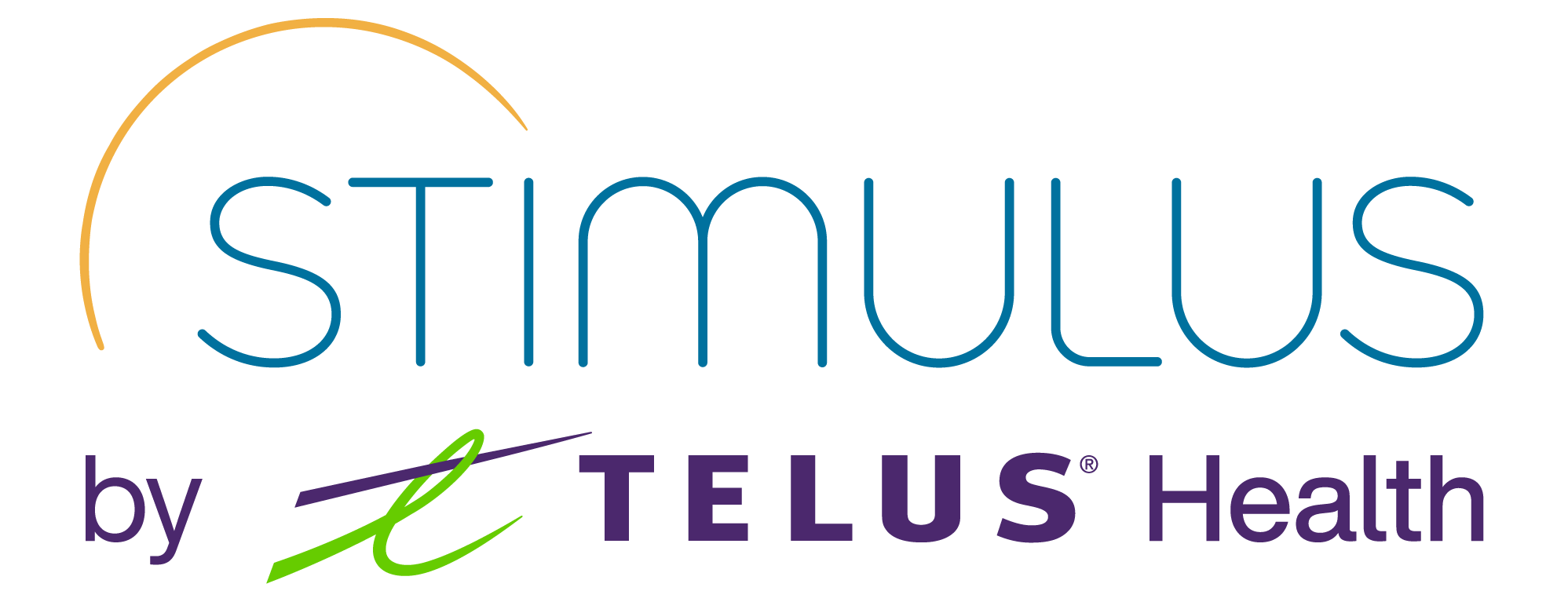A pragmatic approach to preventing – Interview of Gabrielle BASQUINE, Consulting Director

A pragmatic approach to preventing mental health in the workplace
Interview with Gabrielle BASQUINE, Consulting Director
Preventing mental health in the workplace is at the heart of Stimulus’ expertise. How has it evolved over 35 years?
When you listen to Dr Patrick Légeron, founder of Stimulus, describe the place of mental health in the workplace 35 years ago, you can see that everything had to be done: raise awareness, sensitise the key players, produce indicators to assess the prevalence of stress in companies, put in place preventive measures.
This work of evangelisation has proved fruitful: mental health in the workplace has found its place in legislation, and there are very few companies that have never done anything on the subject.
And yet, mental health problems remain one of the most frequent factors in increasing absenteeism, not to mention demotivation and disengagement, the human and financial impact of which is harder to assess.

We know more and are doing more to prevent mental health in the workplace than we did 35 years ago, and yet the situation does not seem to be improving. Why is this?
From a macro perspective, there is the growing impact of competitive issues and the volatile, uncertain, complex and ambiguous (VUCA) nature of the socio-economic spheres. At the other end of the continuum, from a micro point of view, we hear of the evolution of individual needs and expectations. It is between these two extremes that prevention efforts have been concentrated, aimed at improving working conditions and mitigating their impact on the collective and on individuals.
This is where there is sometimes a gap between what companies know about the subject, and what they can actually do to address it effectively and sustainably – in a socio-economic context that is what it is, to meet individual needs that are what they are. And unfortunately, when the issues of living and working well together co-exist alongside other issues of results and individual interests, they sometimes shift from the ‘must have’ category to the ‘nice to have’ category.

You talk about a pragmatic approach to prevention. What do you mean by that?
The scientific, evidence-based approach is in the DNA of Stimulus. But to be effective, prevention also needs to be designed and deployed in a pragmatic way, to meet realistic expectations and to offer a useful contribution to the greatest number, in contrast to fashionable ideas and ‘one-size-fits-all’ solutions that are intended to be simple, quick and effective.
First of all, you need to know how to build on what you already know:
An overall diagnosis is not the only way to enter a prevention approach.
If the company already knows what’s going wrong and/or for whom it’s going wrong, trying to objectify it may be perceived as a failure to take account of HR indicators or a lack of listening to the field. Indicators are as reassuring as they are frightening. In some cases, it is preferable to start by implementing a new policy, changing a process or educating people. The most important thing is to be clear about the reasons behind the choice and to ensure that there is a consensus.
Once the facts are in, it’s important to look at what the research says, which is full of information about what works and what doesn’t, and under what conditions.
What evidence do we have that teleworking undermines cohesion and cooperation? What measures are there to effectively combat burnout? What levers can be used to regulate workloads?
We need to be cautious about the content of HR and management reviews. They often present accurate findings but, when they are not based on research, they can be less reliable and exhaustive in their interpretation and recommendations…
You also have to give yourself time. You are making a long-term commitment, with medium- to long-term results. Promises of miracle medical cures are quickly branded as quackery, so why should mental health be any different? Time to think about why the subject is important for the company, time to define the desired results, time to identify the constraints that need to be removed and those that need to be dealt with. The notion of timing is essential.
Finally, we need to define a strategy at a global level, and give ourselves the means to deploy it at a local level. Addressing entrenched problems often requires a change of culture. It is better to have reasonable ambitions, realistic expectations of results and the means to achieve them, rather than a seductive ambition that is not embodied in the day-to-day work on the ground.
And finally, 3 words to define prevention at Stimulus
➡️ Pragmastism
➡️ Adaptability
➡️ Evidence-based
Would you like support in preventing
mental health in the workplace?
Contact usDiscover the other interviews:
• The challenges of “working well together”
• Focus on Stimulus Care Services, the Employee Assistance Programme by Stimulus
• The international development of mental health policies
• Evolution of mental health since 1989
• Social impact & passion for business: the Stimulus entrepreneurial adventure

